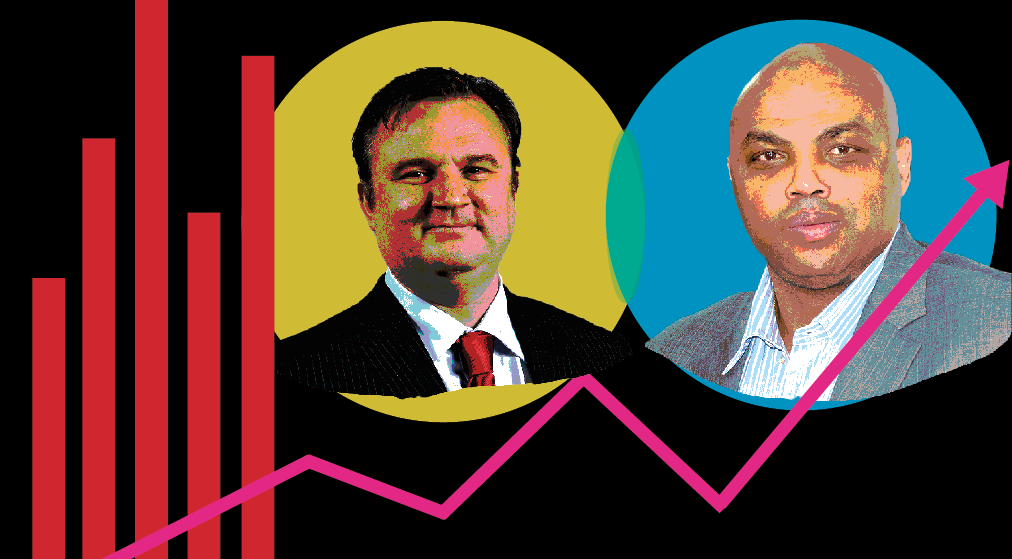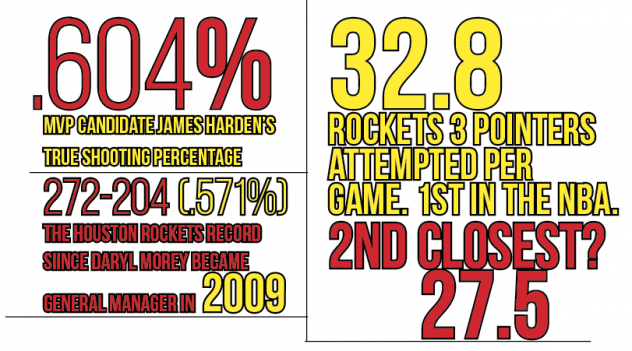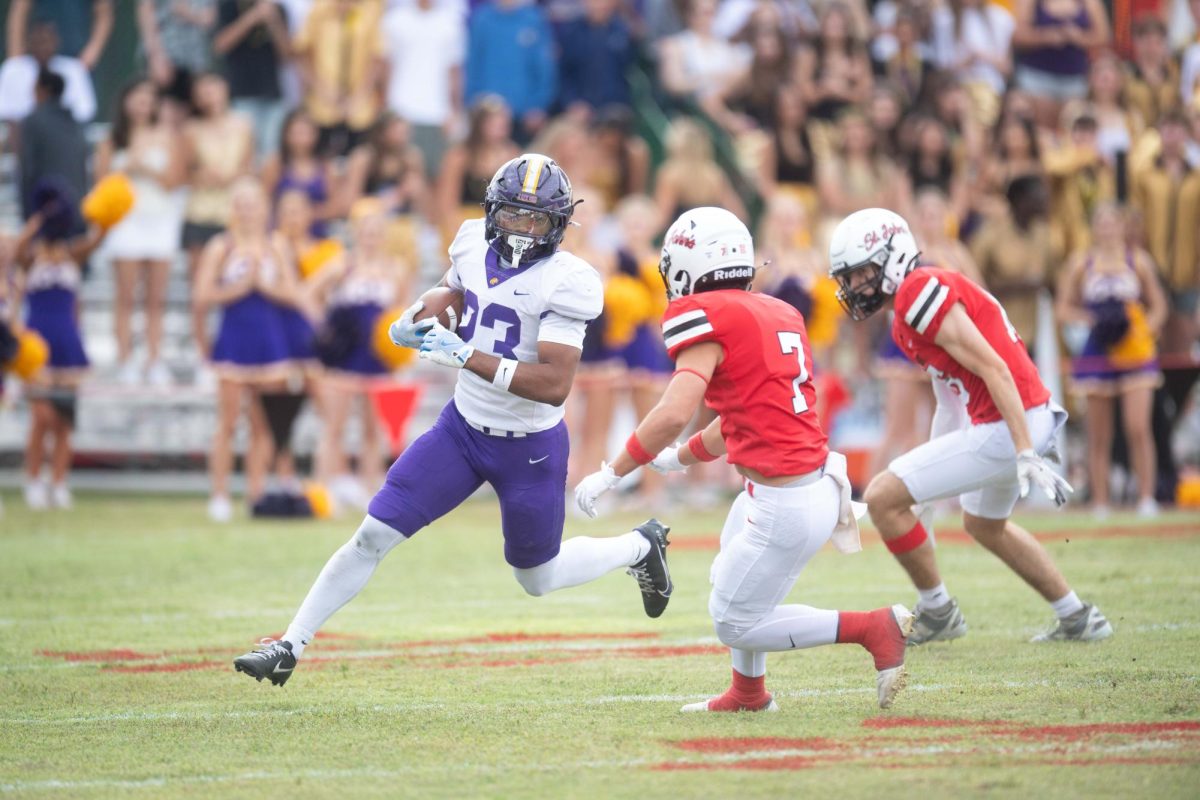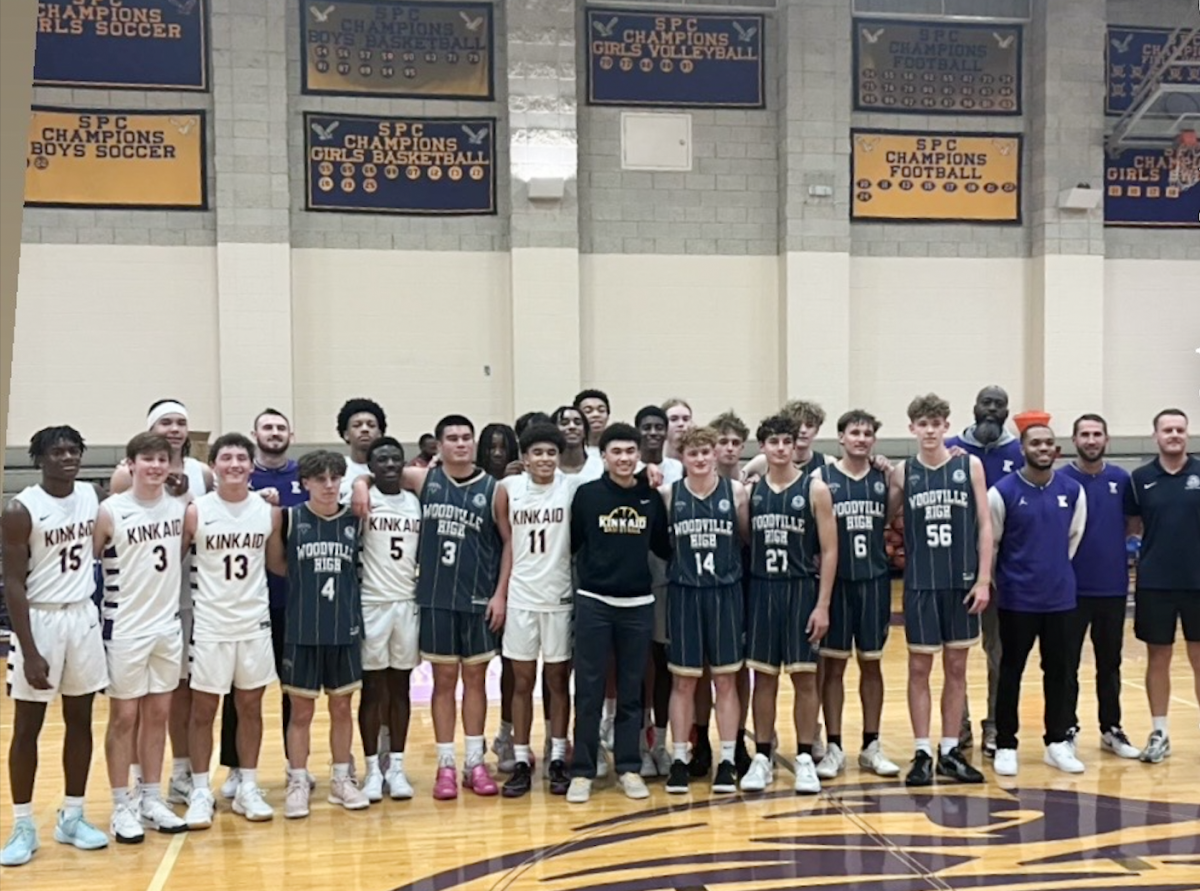[dropcap]“[/dropcap]Analytics don’t work at all. It’s just some crap some people who are really smart made up to try to get in the game because they had no talent. I’ve always believed analytics was crap, and you know I never mention the Rockets as a legitimate contender, because they’re not,” exclaimed ex-NBA superstar and current TNT NBA announcer Charles Barkley, in response to Rockets GM Daryl Morey.
Daryl Morey and Charles Barkley are at the forefront of a relatively new ongoing debate that peaked when Moneyball hit theaters in 2011: the value of analytics in sports. There are two main camps, with many people occupying the spectrum in between. On one side is Daryl Morey, and all of the other ‘geeks’ who have made their impact on sports through advanced statistical analysis. On the other side is Charles Barkley, and all of the other sports ‘purists’ who would prefer to judge talent and teams based on the so-called ‘eye-test.’ They see analytics as overrated and contrived and believe sports games are won on the field, not on the computer.
To understand the debate, it is important to understand what analytics are and what they are not. Analytics in sports is a data-driven way to understand the game and gain an advantage. For example, sports analytics can be used to find the most valuable and underpaid players in baseball or that the corner three-pointer is one of the most efficient shots in basketball. Analytics can also be used in a revolutionary way to help sports executives look at the game from different perspectives and look for non-traditional ways to gain an upper hand. This aspect of ‘reshaping the game’ is one of the reasons why sports purists are skeptical and threatened by teams trying to play sports in a non-traditional way.
Traditional sports fans, players, and executives see analytics as ‘gimmicky’ and ‘trendy’ without any real substance. The fact is most championship teams throughout history have not relied on analytics to win, and there is no reason to fix what isn’t broken. They think the best teams know how to win in the old-fashioned way with the best players, and teams cannot just start winning based on numbers. In other words, purists believe sports are a battle of mental strength, toughness, and resilience. They are not a math test.
There is perhaps no city with a bigger sports-analytic presence than Houston. ESPN ranked the Houston Astros #2 and Rockets #3 for use of analytics out of all major sports teams. The Houston Astros, led by GM Jeff Lunhow and a team of metric experts, have embarked on a fully-data driven rebuild, as the Astros have attempted to grow a young team into a contender in the most efficient way possible. They study player’s potential, medical risk, and value to the team. The Astros also maximize their chances to win game to game by making the most fielding shifts of any team in the MLB by far, making sure each pitcher uses only their most effective pitches, and by stealing bases often. All of which decisions were data-driven.
The other analytical-heavy team in Houston is the Rockets, led by GM Daryl Morey who has changed the face of basketball and widely popularized advanced statistical analysis in the NBA. On the court, the Rockets are led by statistical efficiency’s golden pony, MVP candidate James Harden. Harden is the face of the newly coined ‘Moreyball’ style of basketball, in which Morey has decided that mid-range jump shots, (only worth 2 points) are less efficient than three pointers or inside shots. As a result, Morey has decided to virtually wipe out the midrange shot from the Rocket’s game plan and focus on three-pointers and layups only. The Rockets shoot a staggering league high of 33.2 threes a game (second highest is 27.4). The Rockets only shoot 12.7 mid-range shots a game, which is the lowest in the NBA by far.
It’s hard to criticize Morey’s philosophy when the Rockets have locked up the number two seed in the stacked Western conference. Critics will say basketball games are won with strategies and game plans, not with data and no mid-range shots because it makes the Rockets predictable and easier to defend. These critics have a point, as the Rockets go through some cold stretches when the three-balls just aren’t falling. However, the Rockets are still top five in scoring despite being in the bottom ten teams in field goal percentage.
Morey’s presence on the Rockets isn’t just strong now; he has been making moves for years that have culminated in the Rockets landing superstars James Harden and Dwight Howard. And much to Morey’s credit, he was able to build the Rockets while still being competitive and avoiding the much-dreaded strategy of ‘tanking’ (purposely putting together a weak team that will net higher draft picks).
“We absolutely looked at strategies to get a high pick in the draft. We looked at multiple ways, after Tracy and Yao went down, to restart the team and decided not that route. I think the most reliable and least risky way is to basically be really bad. No other team has done what we hope to do which is to not having to get a high pick and then rebuild. We’re on a sort of unbeaten path,” said Morey in an interview with the Falcon.
Barkley likes to think that acquiring two stars is the “opposite of analytics”, but that is perhaps missing the point. Sport’s data role is to improve the team in any way possible and data’s role is flexible. Getting superstars isn’t the anti-thesis to statistical analysis because generally, over history, only teams with two or more stars win championships. Accordingly, Morey’s statistical-led management moves weren’t the star signings themselves, but all the small moves that culminated in the Rockets acquiring Harden and Howard. Moreyball was finding Parsons in the second round, trading for Goran Dragic and Kyle Lowry, trading Chase Budinger for a 1st round pick, etc. It was all the small moves, to relieve cap, find undervalued talent, and stock-pile assets that allowed the Rockets to trade Kevin Martin, Jeremy Lamb, and picks for Harden (which in many eyes, is one of the most lopsided trades in recent NBA history) and sign Dwight Howard in the summer of 2013.
“Really, no one has ever won without a top player like him [Harden] so we just had to get him. That part of the analysis wasn’t difficult. We geared everything to try to get a guy like Harden. There were 17 intermediate different trades that yielded the James trade.”
While it’s true that there are still aspects of sports that simply can’t be quantified by analytics, such as experience, team chemistry, or being a good locker room presence, being too stubborn to adapt can be cancerous to even the most prestigious teams. Teams are ever-increasingly their use of statistical analysis to help them gain an advantage on the court and to spend their money more frugally. If teams managed by sports ‘purists’ refuse to evolve they will be left in the dust. However, it seems the amount of people in the ‘purists-only’ sports camp is ever diminishing.
“No one is really fighting it [statistical analysis]. It’s like if you’re in a horse drawn carriage and you see a cool car drive by and your like argh, car. People are slower and go at different and effectiveness but eventually you are going to be in it,” said Morey. “Charles Barkley is an entertainer. He’s not running anything.”
For more, read The Falcon’s interview with Daryl Morey.









